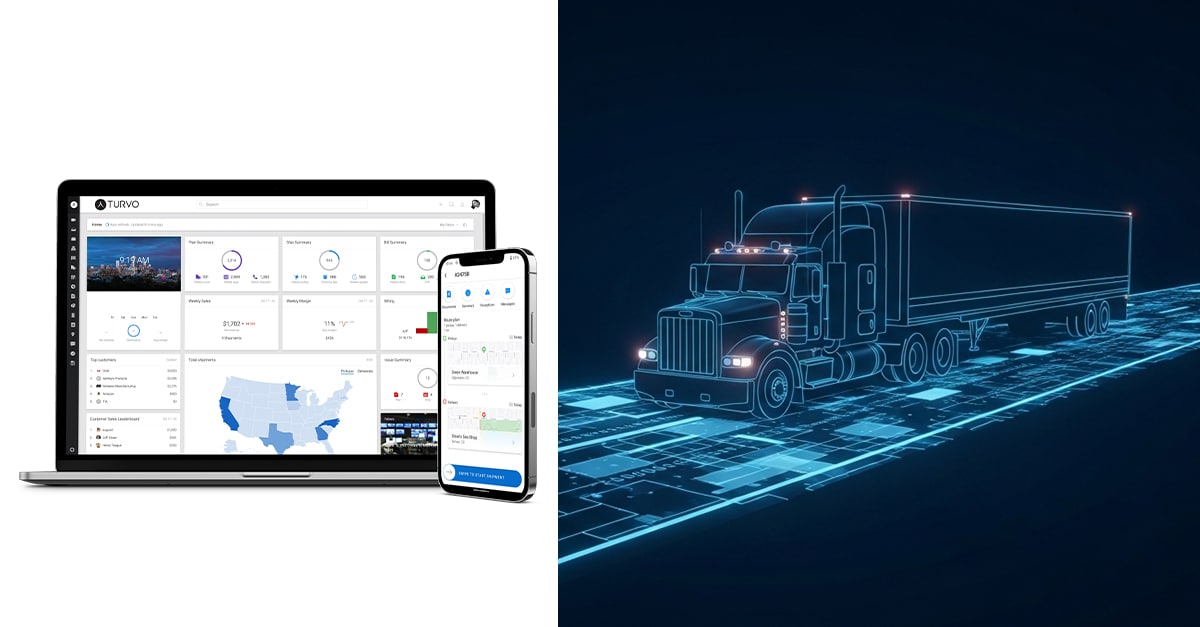In the logistics and shipping industry, capacity refers to the amount of space secured on trucks and other vehicles to carry shipment loads. This generally gets referred to as trucking capacity, and it remains one of the most critical aspects of dealing with supply chain disruptions. Even worse, certain parts of the network, like cold chain transport, can have a “run” on capacity during times of high disruption or demand.
Think about significant heat waves that can cause produce to spoil while in transit during the height of summer months. Managers have to ensure enough containers exist at any moment to hold cargo and enough trucks become available to transport them. On normal days, this can be challenging enough. However, the process of securing trucking capacity can grow into a much more daunting task.
The industry can see this very clearly and will likely continue to see this trend for the foreseeable future. According to The Loadstar, “Some segments are already very busy and close to their limit, pointing to e-commerce, temperature-controlled trucking, and the flatbed freight market. The surge of imports that has clogged up container terminals has been largely attributed to restocking, as retailers scramble to make sure they have sufficient inventory.” Staying focused on securing loads, carrier capacity, and embracing modern platforms and innovative tools can help shippers keep ahead of the competition.
Outdated Systems and Platforms Can Affect Trucking Capacity Procurement
In the modern supply chain, data reigns as king, and automation has become essential. Trying to operate in a digital age with an outdated system and old ineffective practices sets companies up for failure. Securing trucking capacity depends on quickly locating availability, securing a contract, and working effectively with the chosen carriers. This ultimately depends on collaboration, sharing data, communicating, and working with in-house and third-party shippers and vendors. Modern data analysis and analytic dashboards can make this all much simpler and more accessible for digital supply chains. Without automation and mobilization, capacity procurement will continue to be an issue for logistics managers for some time.
Increasing Capacity and Improving Carrier Relations With Supply Chain Tech
Trucking capacity and successful carrier partnerships are created or destroyed by the supply chain tech that gets utilized. Boosting capacity and working more efficiently with carriers and shippers depends on that network’s ability to collaborate, adapt, and rebound. According to Logistics Management, “The key, unanswered question is how much of this will “stick” once the pandemic has passed and people seek to return to some form of normality. Opinions vary, but there is a consensus that traditional approaches to work—commute-office-commute—are unlikely to ever go back to what they were pre-COVID.” Consumer needs and demands and the industry focuses have shifted dramatically over the previous year, which only increases freight shipment managers’ need to embrace modern innovations and technology. Increasing trucking capacity and improving collaborative transportation management through automated and mobile applications remain essential for continued growth and recovery.
The Major Benefits of Modern and Innovative Dashboards and Platforms
Modern technology, improved dashboards, enhanced data analytics, and digital platforms can help shippers find carriers and vendors to partner with to boost value. While few, if any, logistics managers would argue that increased trucking capacity remains positive, some remain unsure about the benefits that can come with this modernization. Some of the significant benefits modern innovation can offer the supply chain network include:
- Faster response time to bids and inquiries.
- Better tracking of profits and losses.
- Closer monitoring of individual carrier performance.
- Automated processes that improve worker routines.
- Fewer missed orders and capacity offers.
- Higher profits and lower expenses.
- Better utilization of carrier scorecards and ratings.
- Improved responses to disruptions and issues.
- Increased trucking capacity and load acquisitions.
- Streamlined communications within the network.
- Enhanced data sharing options.
- Access to real-time on-demand data and stats.
- Stronger collaborations and partnerships.
Overall improved performance throughout the supply chain is the main benefit of modern innovations and enhanced supply chain technology.
Secure Trucking Capacity and Embrace Modern Advancements With Turvo
Working to ensure enough capacity remains available to handle current and future shipping loads is the primary concern for management today. It can present a challenge for managers to find carriers and the capacity to keep things moving forward. Supply chain automation, modern innovations, and averments in market technology can make it much easier and more attainable. The modern supply chain network can significantly benefit from a tech upgrade. Contact Turvo today to see how.








